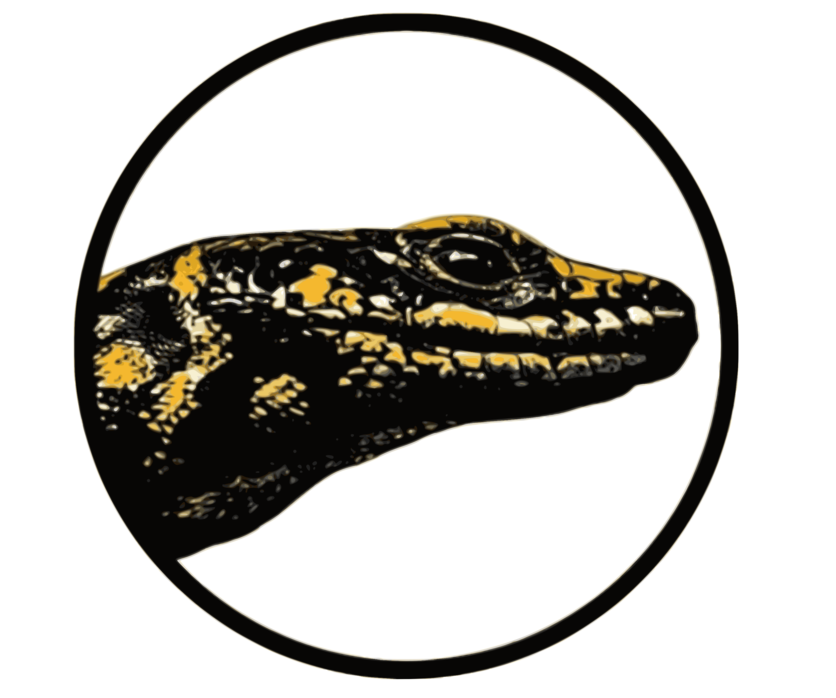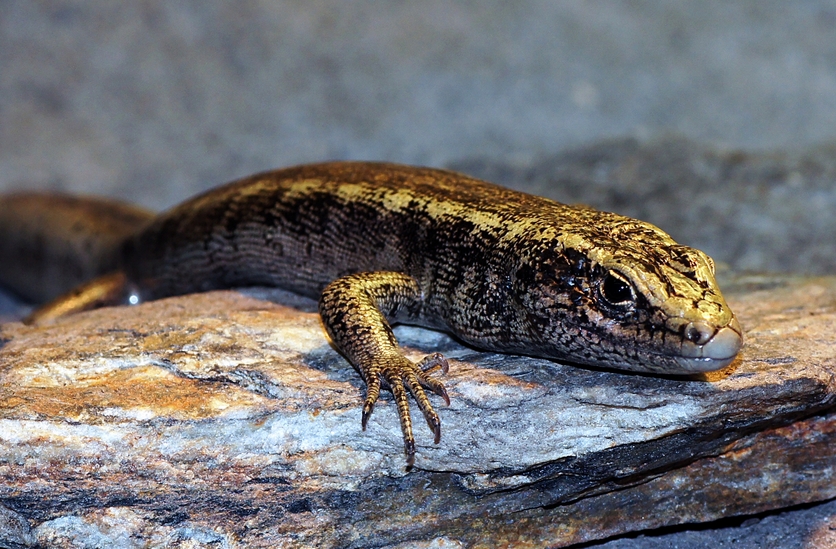Skink Spotter NZ is interested in weather conditions that best suit skinks to be active. This information will enable the research team to consider how skink activity might change as the climate changes and if this may result in an increased vulnerability and risk of extinction for the Otago skink. The concern is that, if the weather becomes too warm, skinks will spend more time hidden away in cool areas and less time finding food or defending their territories.
The project remotely monitors a population of Otago skinks using time-lapse cameras. There are a huge number of photos that require citizen scientists to process and to spot the skinks.
Note – the project may currently be waiting for more data to be loaded.
URL: www.zooniverse.org/projects/jovirens/skink-spotter-nz
Reach: National, regional
Nature of science focus: Online citizen science (OCS) projects can be used to develop any of the Nature of Science (NoS) substrands. Identify aspects of NoS that your students need to further develop or understand more fully and then frame your unit to be very clear about these things when you do them.
Science capability focus: Gather and interpret data, Use evidence
Science focus: environmental science, environmental monitoring, animal behaviour, weather, climate change
Some suggested science concepts:
- Skinks are adapted to live in their particular habitats.
- Changes in habitat (including weather/climate) can affect animal behaviour, which can in turn affect the survival of populations.
- Skinks are ectothermic (cold-blooded) – they require heat from their surroundings to be active.
Many concepts could be learned – focusing on a few can often be more powerful. Develop your learning outcomes and success criteria from these concepts as well as the Nature of Science strand and the science capabilities.
Some examples of learning outcomes:
Students can:
- develop observation skills by watching footage of the Otago skink habitat
- identify why not seeing skinks in particular conditions contributes useful data
- develop an understanding of the characteristics of skinks
- discuss how sightings and non-sightings are used by scientists.
Reptiles are often overlooked or misunderstood. They have impressive and highly sophisticated ways of using solar energy to function.
Professor Alison Cree
About Skink Spotter NZ
Otago skinks (Oligosoma otagense) are one of the largest lizards in Aotearoa New Zealand. They live in two isolated, widely separated regions of Otago. Scientists are not sure if the skink populations will be able to move if climate change reduces the quality of the habitats they currently occupy. This research will help inform thinking about current and future habitats and translocations. The project is based at the University of Otago.
The project uses time-lapse cameras instead of motion-sensor cameras due to the ectothermic nature of skinks. They are usually the same temperature as the other objects in the background, so they don’t set off motion-sensor cameras!
Participation in this project is quite simple. Users are shown 10 minutes of video footage in the form of 10 images – one frame every minute. There are zoom and pan functions that allow users to observe the images more closely. After determining whether or not skinks are present, the site will ask for additional observations including other animals and weather conditions. There is a field guide to help with animal observations. Spotters are able to contact the science team.
This OCS project lends itself to discussions about the importance of data. Not seeing a skink may be just as valuable as seeing one. It also helps students to consider the precariousness of some of our native species’ habitats – the endemic Otago skinks are naturally confined to just two locations!
Nature of science
Using this online citizen science project gives opportunities to discuss how scientists can engage the public to interact with species they are unlikely to see in the wild. Students can also consider the challenges for scientists in analysing large datasets themselves and appreciate how involving citizen scientists can help speed up the scientists’ work.
Related content
The article Saving reptiles and amphibians – introduction curates many of the Hub’s resources on our unique reptiles and amphibians.
Meet Professor Alison Cree, part of the Skink Spotter NZ team.
Here are some planning tips for using a citizen science project with your students.Useful links
This Radio NZ Our Changing World programme from January 2025 looks at the work on bringing back the grand and Otago skinks back to Central Otago.
Read about this OSC project in the Otago Daily Times.
The Department of Conservation has information on some of New Zealand’s native skinks.


